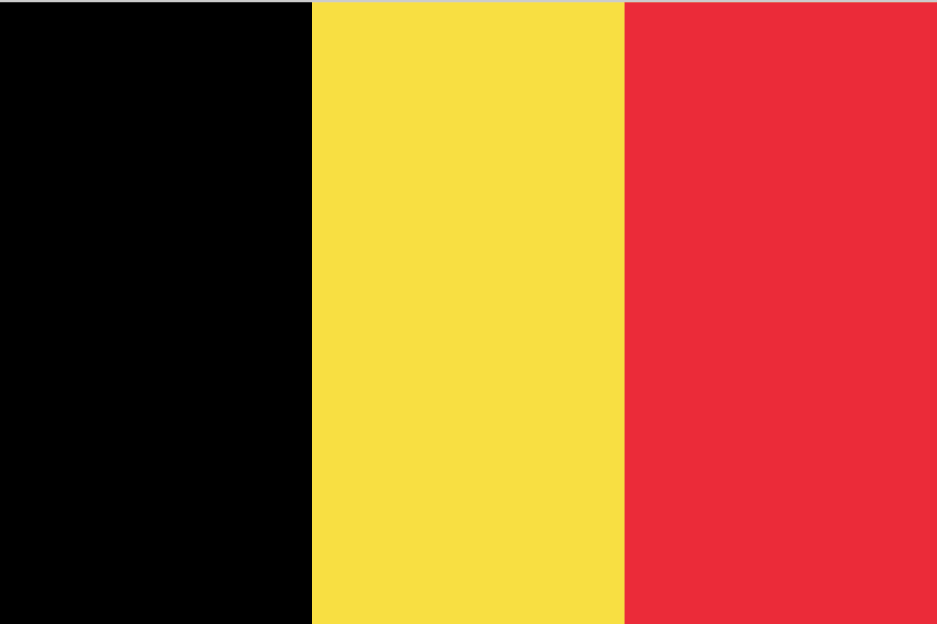Travel Destination
Belgium
A tapestry of medieval charm, artistic sophistication, and culinary delights, Belgium is a treasure trove for discerning travelers. Wander through the cobbled streets of Bruges and Ghent, marvel at the architectural grandeur of Brussels, and savor the world’s finest chocolates and beers. French, Dutch, and German intermingle in a harmonious linguistic dance, enhancing the cultural experience. Belgium invites you to indulge your senses, from the intricate lacework to the haunting melodies of the Belfry bells, creating a journey that resonates with history, art, and culinary excellence.

Brussels
Located at the heart of Belgium, Brussels captivates tourists with its rich history, diverse culture, and architectural splendors. As you stroll through the bustling streets, you’ll encounter iconic landmarks. Majestic landmarks such as Atomium and the Grand Place are UNESCO World Heritage sites. Moreover, Brussels is renowned for its delectable cuisine, from mouthwatering chocolates to flavorful waffles. Moving to the modern era, the city embraces contemporary art and vibrant nightlife, ensuring there’s something for every visitor to enjoy.
Ghent
Nestled in the heart of Belgium, Ghent is a captivating city that offers a delightful mix of history and culture. As you explore its bustling streets, you’ll encounter iconic landmarks. Majestic landmarks, such as Atomium and the Grand Place, are UNESCO World Heritage sites. Beyond its historical charm, Ghent boasts a vibrant culinary scene with mouthwatering chocolates and flavorful waffles. Additionally, the city embraces the modern era, providing visitors with lively nightlife and a thriving contemporary art scene. Ghent is the city that will make you enjoy during your stay.
Antwerp
Antwerp, a city of vibrant creativity in Belgium, beckons travelers with its eclectic mix of historical landmarks and contemporary art scenes. As you wander through its charming streets, you’ll encounter the iconic Cathedral of Our Lady and the stunning Antwerp Central Station, architectural marvels that showcase the city’s rich history. Transitioning to modernity, Antwerp embraces its reputation as a fashion capital and offers a treasure trove of art galleries and museums, providing a delightful blend of old-world charm and contemporary allure for every visitor to explore and enjoy.
Bruges
Bruges, the enchanting “Venice of the North” in Belgium, lures tourists with its picturesque canals, medieval architecture, and timeless beauty. As you meander along its cobbled streets, you’ll encounter the iconic Belfry Tower and the medieval Basilica of the Holy Blood, both steeped in history and cultural significance. Moreover, Bruges delights visitors with its charming chocolate boutiques, exquisite lace shops, and cozy cafes, providing a delightful blend of history, culture, and culinary delights that captivate travelers from around the world.
Liège
Liège, a vibrant city in Belgium, entices tourists with its unique blend of history and modernity. Steeped in centuries of culture, you’ll find magnificent landmarks like the striking Liège-Guillemins railway station, a masterpiece of contemporary architecture designed by Santiago Calatrava. Explore the charming Old Town with its quaint streets and visit the impressive Liège Cathedral, a testament to the city’s rich religious heritage. Additionally, Liège boasts a thriving culinary scene, where you can savor delectable Belgian dishes and indulge in famous Liège waffles.
Leuven
Leuven, a captivating city in Belgium, seamlessly blends its historical charm with a vibrant modern ambiance. The focal point of the city is undoubtedly the prestigious KU Leuven, one of the oldest and most renowned universities in the world. As you wander through the cobbled streets, you’ll encounter stunning landmarks like the Grand Beguinage, a UNESCO World Heritage site, and the imposing St. Peter’s Church. Transitioning to the modern era, Leuven offers a dynamic cultural scene, bustling markets, and an array of lively cafes where you can sample delicious Belgian beers.
Country information
Country codes: BE, BEL (ISO 3166-1)
Population: 11 522 169 (2019)
Currency: Euro (€, EUR)
Calling code: +32





